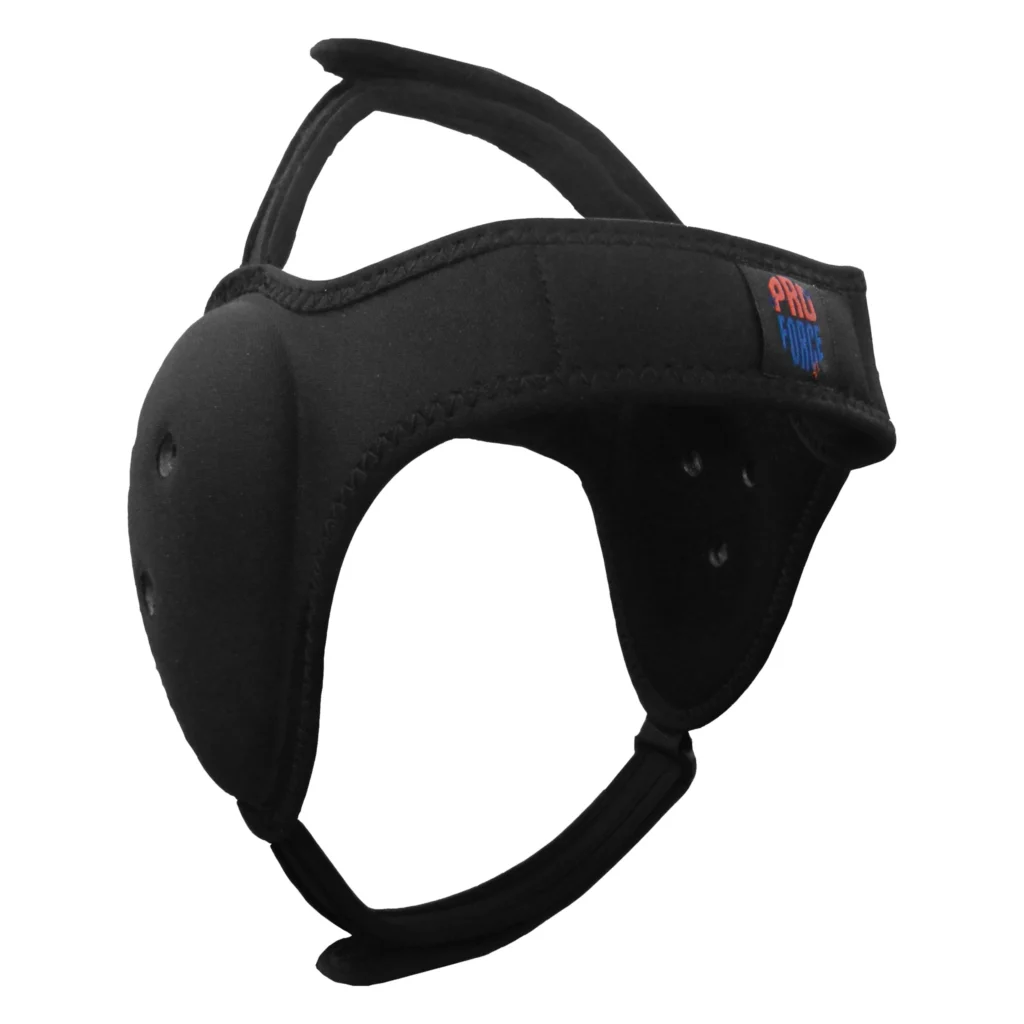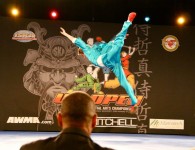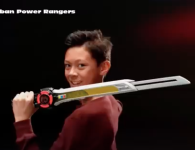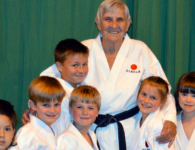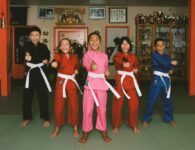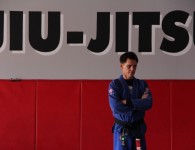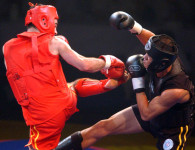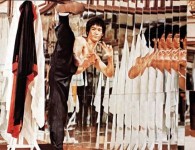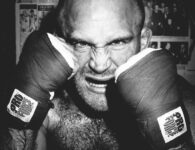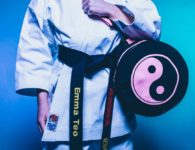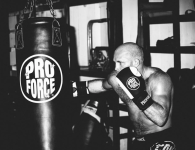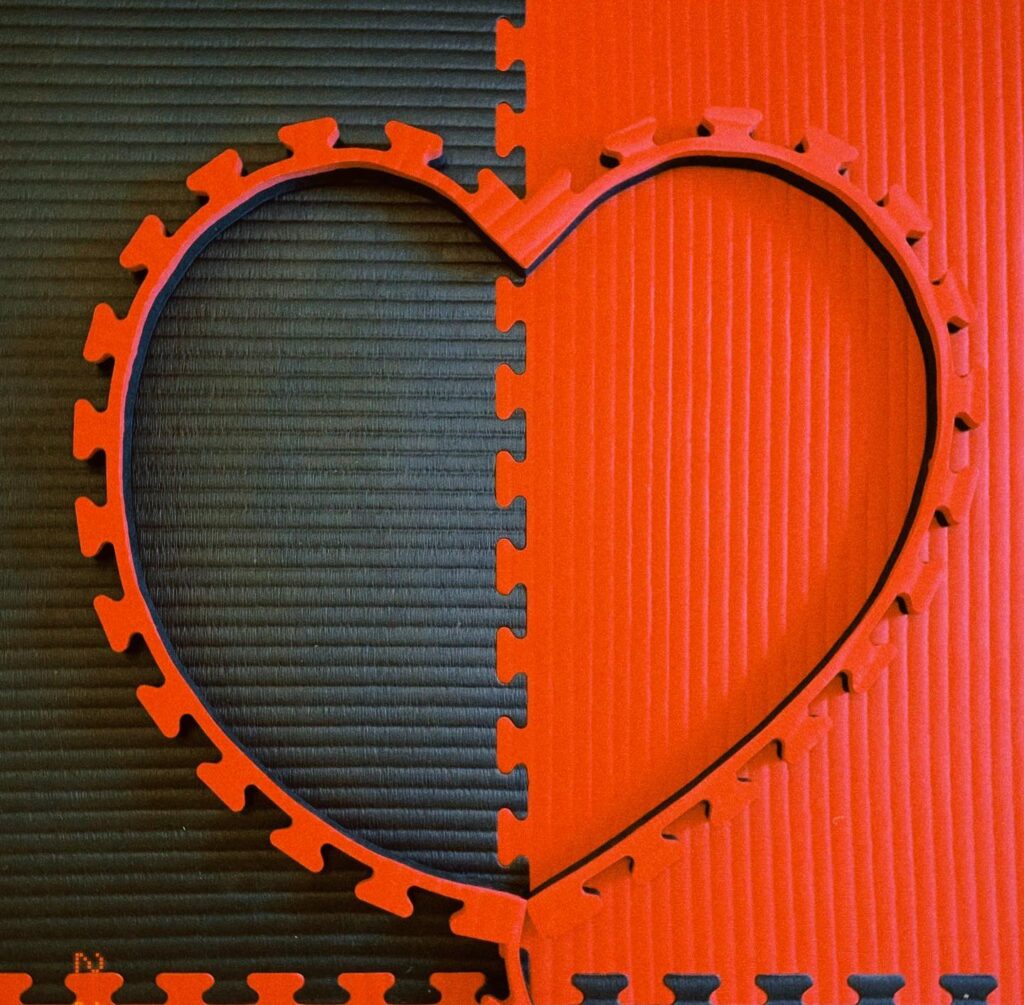
It’s Autism Awareness and Autism Acceptance Month again!
In past years, The AWMA Blog has celebrated this month promoting awareness, inclusion, acceptance, and appreciation for all autistic people by looking at ways that martial arts can benefit autistic people. We’ve also profiled successful autistic martial artists (aka martial autists).
This year, we’re going to dig into some simple and practical tips from an autistic person with a background in martial arts that can make that martial arts training more comfortable and more rewarding for autistic people.
During my years in Brazilian Jiu-Jitsu and Muay Thai, I experienced a number of martial arts training’s potential benefits for autistic people firsthand. It boosted my confidence, gave me a much-needed routine, allowed me to work on physical and social skills in a positive environment, and helped me work on my self-defence skills. Working on BJJ drills and Muay Thai combos even appealed to my love of patterns and repetition.
My training also came with some unique challenges. My learning style wasn’t always in sync with the way our instructors were teaching us—or with how the rest of the class was learning. It sometimes took me a little longer to figure out new techniques and coordinate my body to make them work, which was an ongoing source of frustration. Plus I had a number of sensory issues that complicated my training experience. The sounds (and smells) of busy classes overwhelmed me. The texture and weight of my gear often upset and distracted me.
One blog post obviously can’t solve all of the issues that autistic people will face in a martial arts dojo. But I’ve found that taking care of one problem can leave me with more energy to handle other ones. So in that spirit, I’d like to share some of the things I’ve learned about martial arts gear over the years.
Gis and Texture
Martial arts uniforms (also known as Gis) are a vital piece of martial arts gear, and you can’t compete or train without one. And the right one can have a positive influence on everything from your performance to your sense of community and team building.
Some can also be a bit rough on sensitive skin, though. So if you have sensory issues, it might take a little more effort to find the right gi for you.
Every autistic person is different and a lot of this will boil down to individual preference, but in my personal experience, my BJJ life improved considerably when I switched to softer gi pants and a gi top in either a diamond or pearl weave. Not only did these uniforms feel less abrasive on my skin, they also conformed to my body better as I moved. When I wasn’t so distracted by how my Gi felt, I was better able to focus on what I was doing while I was wearing it.
(Older Gis that have been washed a lot might feel softer and more forgiving during training, too. All of that wear and tear might not make them suitable for competition purposes anymore, but they could be worth keeping around for more comfortable technique and conditioning training.)
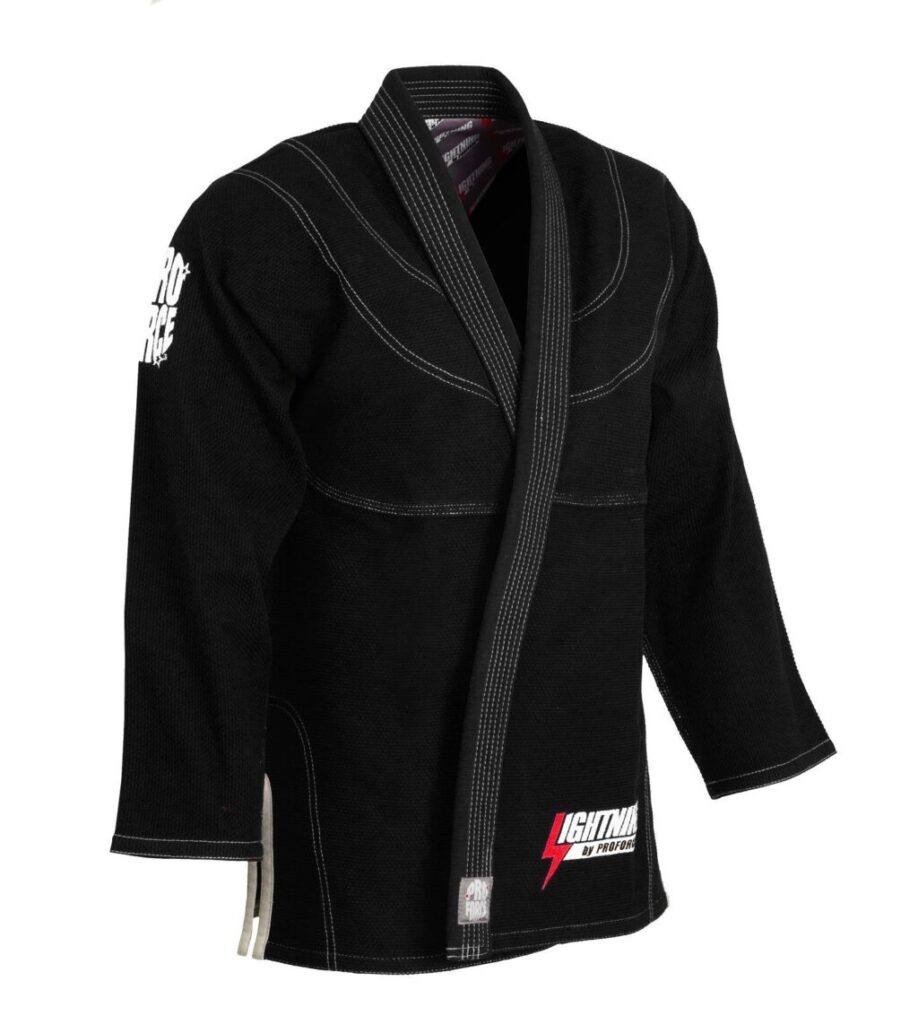
Rash Guards and Compression
Rash guards are an excellent idea in general. They protect your skin from surface injuries and infections during training, which is very important for your health and overall wellbeing as a martial artist; but, they might have added benefits for autistic martial artists. The little bit of compression they provide can help to reduce anxiety and stress, which can come in very handy during training sessions or competitions that get too loud, frustrating, or otherwise overwhelming. Also, if your Gi top is still bugging you, a rash guard can provide a layer of protection to keep the Gi fabric from rubbing against your skin.
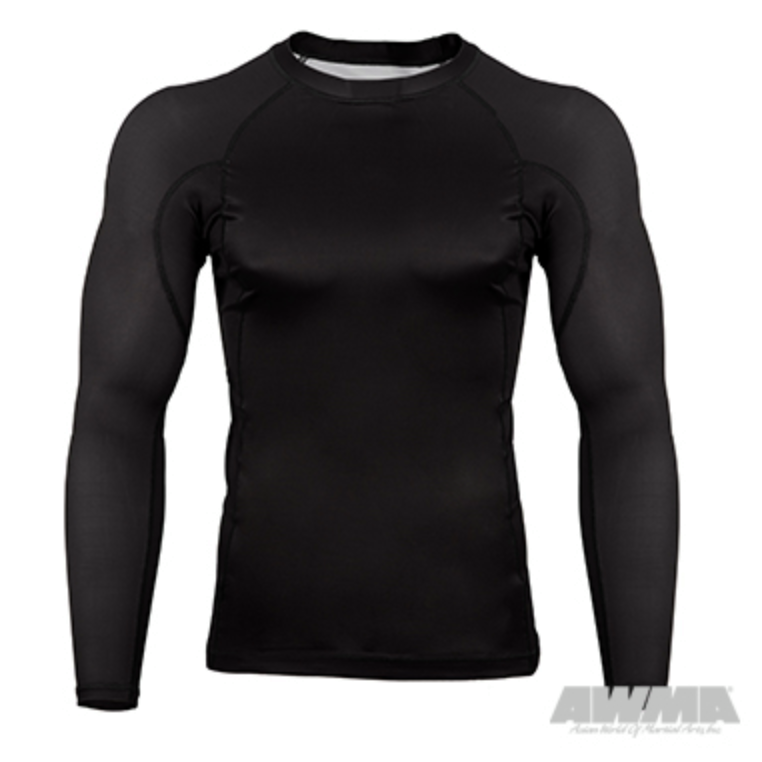
Muay Thai Shorts and Texture
Speaking of texture issues and compression wear, compression shorts are a great investment for autistic people who want to get into Muay Thai.
Muay Thai shorts are the best marriage of form and function in Muay Thai, Boxing and MMA. They’re perfectly constructed to allow for maximum movement and power and they’re gorgeous. All of that beautiful embroidery can get a little scratchy and uncomfortable when you have sensory issues. The good news is that this is an easy fix. Wearing a pair of compression shorts under your Muay Thai shorts will provide the perfect barrier between your skin and the extra thread work. (If you’re still having issues, you can also look into getting Muay Thai shorts with less elaborate embroidery.)
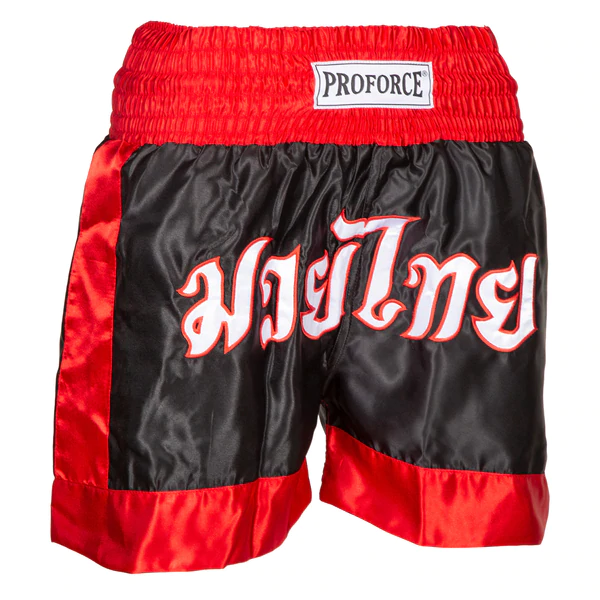
Handwraps and Pressure
Handwraps are another vital piece of Muay Thai, boxing, and MMA gear, and if you’re doing any striking at all, you’re going to want to invest in multiple pairs and learn how to wrap them properly.
Handwraps are designed to protect the small bones and soft tissues in your hands while you’re hitting bags, targets, and opponents. As an autistic person, I also found the pressure they provided quite soothing and might be beneficial for all martial arts students who are autistic.
In the beginning, I had to overcome many challenges in my training. The most important challenge was finding the right balance between getting all of the physical and mental benefits of handwraps, while making sure not to wrap too tightly. It was kind of like Goldilocks finding the right porridge, with the added benefit of mild coordination issues.
Based on my experience, I recommend getting a few pairs of handwraps in different fabrics and testing to see which one feels the best for you (I personally found lycra wraps the most comfortable, but your mileage may vary). Then I suggest practicing wrapping your hands when you’re alone at home. This will give you the time and space you need to figure out the details of wrapping techniques and determine what level of tension in your wraps is right for you.
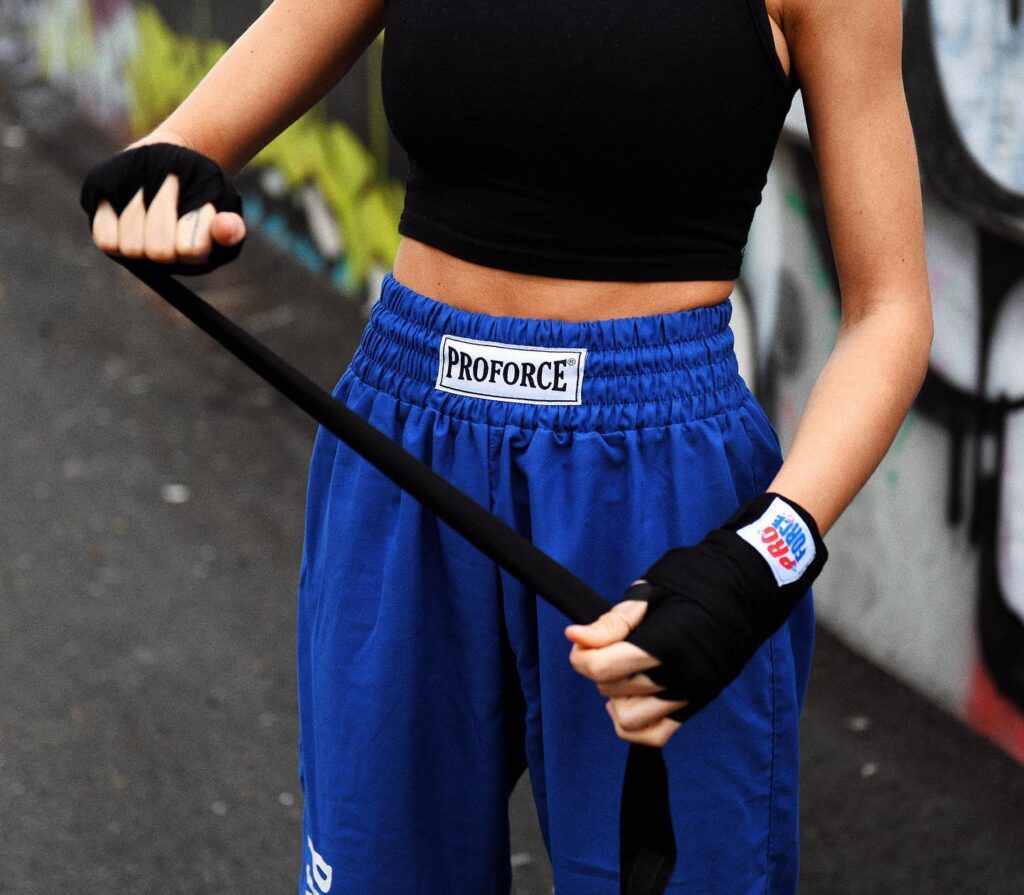
Ear Guards and Sound
Ear guards are obviously an excellent choice for protecting the cartilage of your ears from the damage that can come with regular grappling. For some autistic people, it can also provide a buffer from the sounds of martial arts training and competition. For others, including me, the dulled sound can actually end up being more distracting than regular sound and completely throw you off your game.
Whether or not ear guards are going to feel comfortable and helpful for you all depends on the individual and if you choose to wear them to protect your ears despite any discomfort and possible disorientation is also up to you.
I recommend trying to train with and without ear guards, figuring out which one feels better to you— and then weighing that against your risk of injury and how even small amount of damage to the area can lead to a lifetime of discomfort.
I decided to go without ear guards when I was doing BJJ and it did help me to stay in the moment – but there are nights when the tiny bit of cauliflower ear I got from that training brushes against my pillow the wrong way and my senses do not love that experience. I don’t regret my choices, but I do want other autistic martial artists to be aware of the situation so that they can make their own informed choices.
